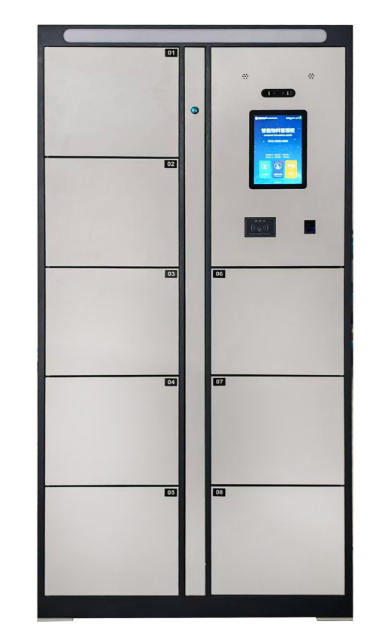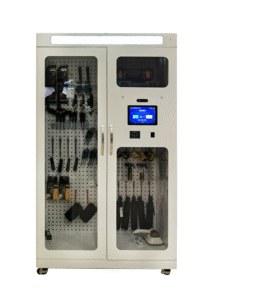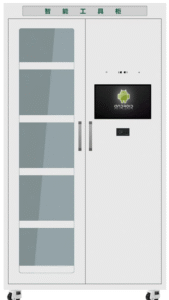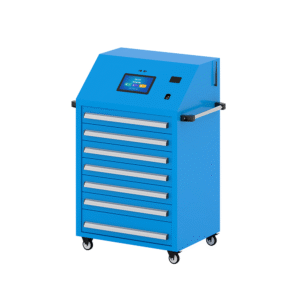RFID 10-Door Grid Main Cabinet is a specialized tool storage and management solution developed by HYVODA for “small-batch, multi-category tool classification storage” scenarios. It integrates UHF RFID automatic identification technology with a 10-door independent grid structure, realizing “one grid for one type of tool, automatic identification of access, and precise traceability of each grid”.
This product addresses pain points in traditional grid cabinets, such as “mixed storage of different tools leading to difficult retrieval”, “manual registration of access records resulting in low efficiency”, and “inability to track the status of individual grids”. It supports centralized management via a computer-based background and multi-modal identity verification, and each grid is equipped with an independent electronic lock and RFID identification unit. It is ideal for workshops, maintenance teams, laboratories, and small manufacturing bases that need to manage multiple types of tools in a classified and efficient manner, ensuring orderly storage and quick access to tools.





